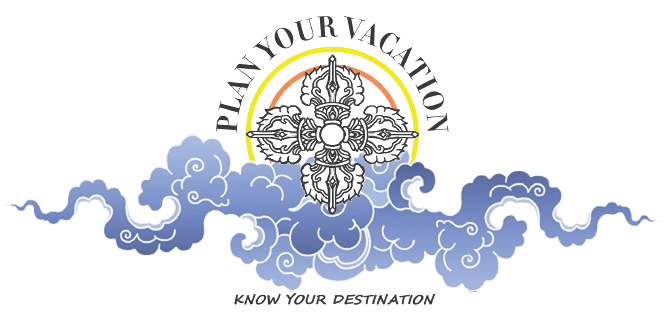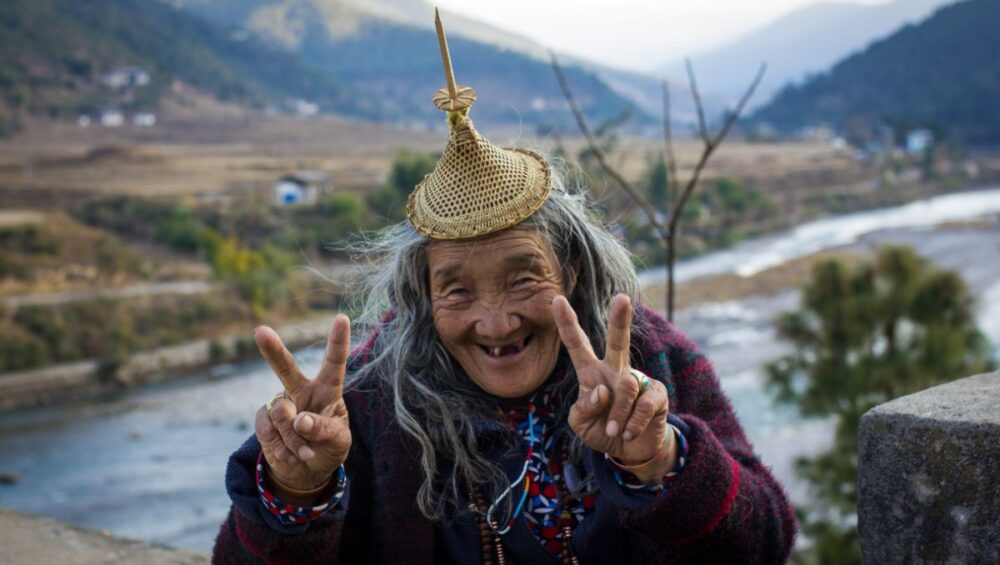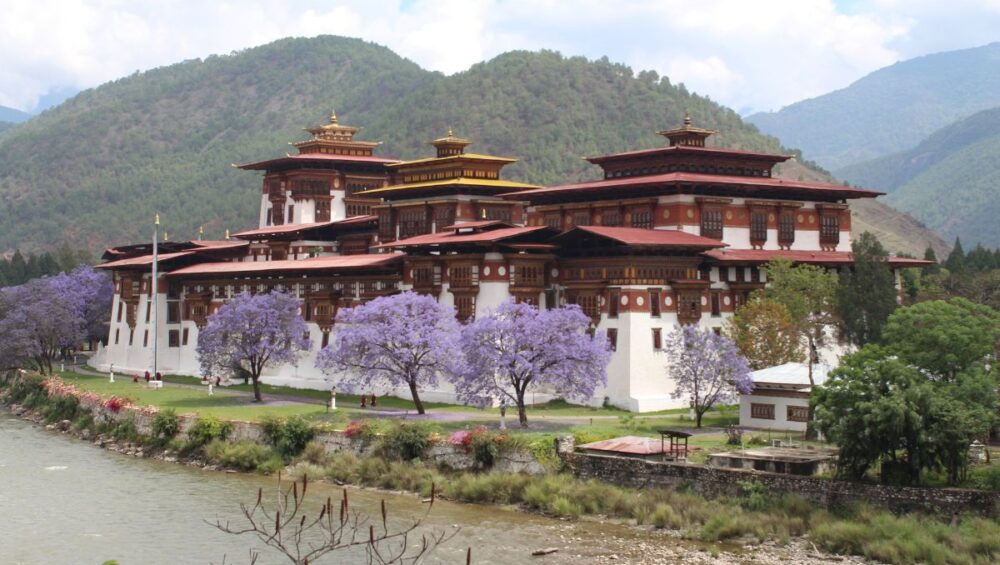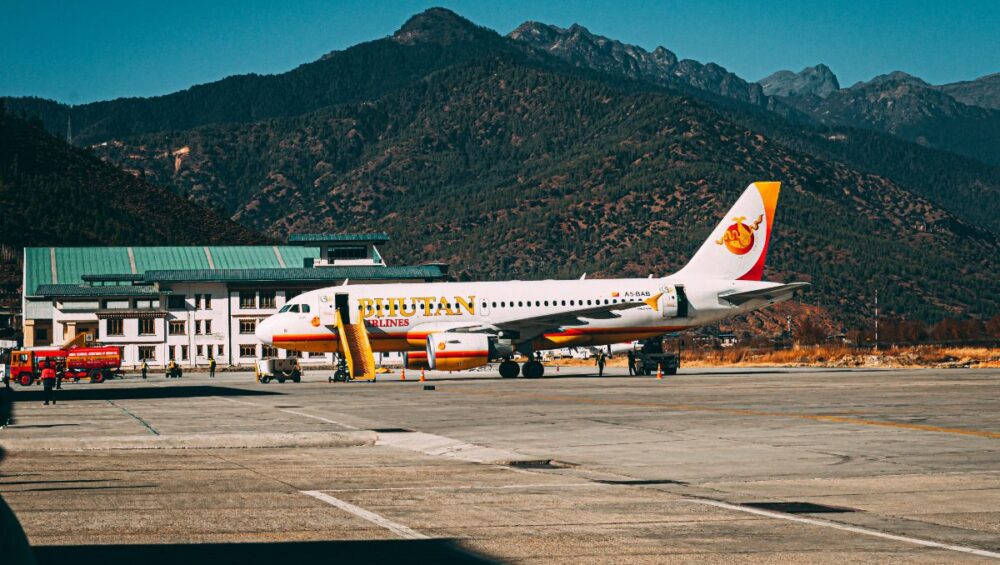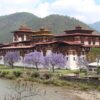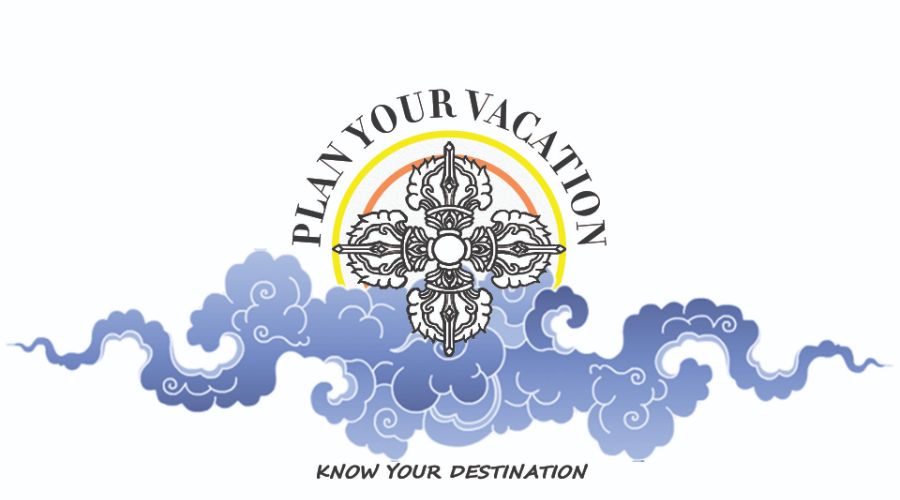Tourism policies
Tourism policies are guidelines and regulations implemented by governments to ensure the sustainable development and management of the tourism industry. These policies aim to promote positive experiences for tourists while safeguarding the natural, cultural, and social resources of the destination. In this article, we will discuss some key aspects of tourism policies that benefit tourists.
- Sustainable Tourism: Governments prioritize sustainable tourism practices to protect the environment and preserve the natural attractions that draw tourists. Policies may include measures to reduce carbon emissions, promote energy efficiency in hotels and transportation, and encourage responsible waste management. These initiatives ensure that tourists can enjoy clean and pristine destinations for years to come.
- Cultural Preservation: Governments recognize the importance of preserving cultural heritage and traditions for the benefit of tourists. Policies may involve safeguarding historical sites, promoting cultural events and festivals, and supporting local artisans and craftsmen. These measures enhance the authenticity of the tourist experience and enable visitors to engage with the local culture.
- Safety and Security: Governments establish policies to ensure the safety and security of tourists. This includes measures such as establishing tourist police units, enhancing surveillance systems, and implementing strict safety regulations for hotels, transportation, and adventure activities. These policies create a secure environment for tourists, instilling confidence and allowing them to fully enjoy their travel experiences.
- Tourism Infrastructure: Governments invest in tourism infrastructure to improve accessibility and enhance the overall tourist experience. Policies may focus on developing transportation networks, upgrading airports and seaports, and expanding accommodation options. Improved infrastructure ensures that tourists can easily reach and explore different destinations, contributing to their convenience and satisfaction.
- Quality Standards: Governments enforce quality standards in the tourism industry to protect the rights and interests of tourists. These policies may involve accreditation and licensing systems for hotels, restaurants, and tour operators, ensuring that they meet specific criteria for safety, hygiene, and service quality. By implementing such standards, governments enable tourists to make informed choices and enjoy reliable services.
- Visitor Information: Governments strive to provide comprehensive and up-to-date visitor information to assist tourists in planning their trips. Policies may include the development of visitor centers, tourist information websites, and mobile applications. These resources provide details about attractions, transportation options, local customs, and safety guidelines, helping tourists make the most of their visit.
- Community Involvement: Governments recognize the importance of involving local communities in tourism development. Policies may encourage community-based tourism initiatives, where tourists can engage with local residents and learn about their way of life. This approach not only enriches the tourist experience but also generates economic opportunities for the community, promoting a more equitable distribution of tourism benefits.
- Stakeholder Collaboration: Governments facilitate collaboration among various stakeholders in the tourism industry, including tour operators, hoteliers, local communities, and environmental organizations. Policies may involve the establishment of public-private partnerships, tourism advisory boards, and consultation processes. Such collaboration ensures that diverse perspectives are considered, leading to more balanced and inclusive tourism policies.
In conclusion, tourism policies play a crucial role in shaping the experiences of tourists. By focusing on sustainability, cultural preservation, safety, infrastructure development, quality standards, visitor information, community involvement, and stakeholder collaboration, governments create an enabling environment that benefits both tourists and the destinations they visit. These policies foster memorable and responsible travel experiences while safeguarding the resources and well-being of the communities involved in tourism.
